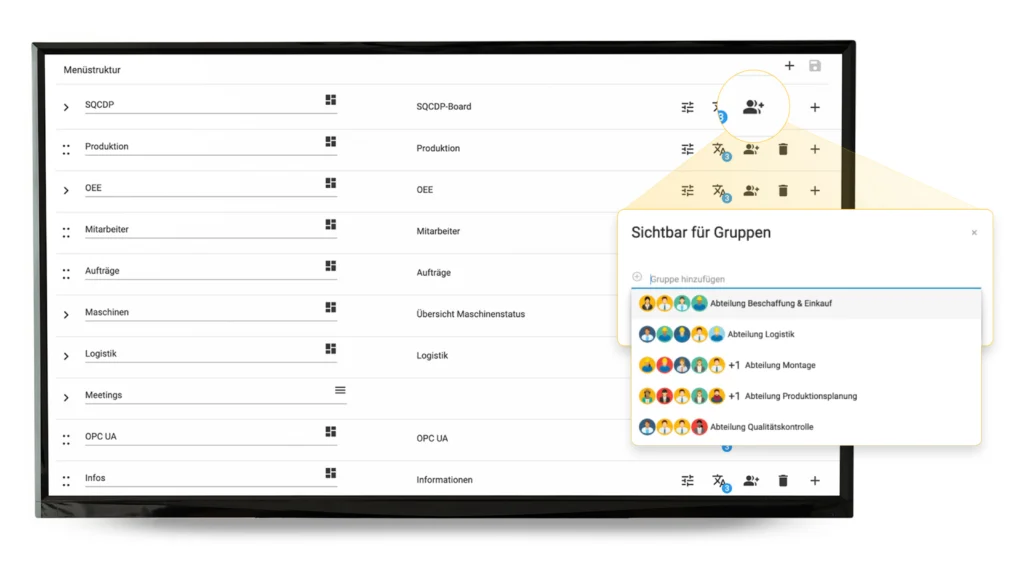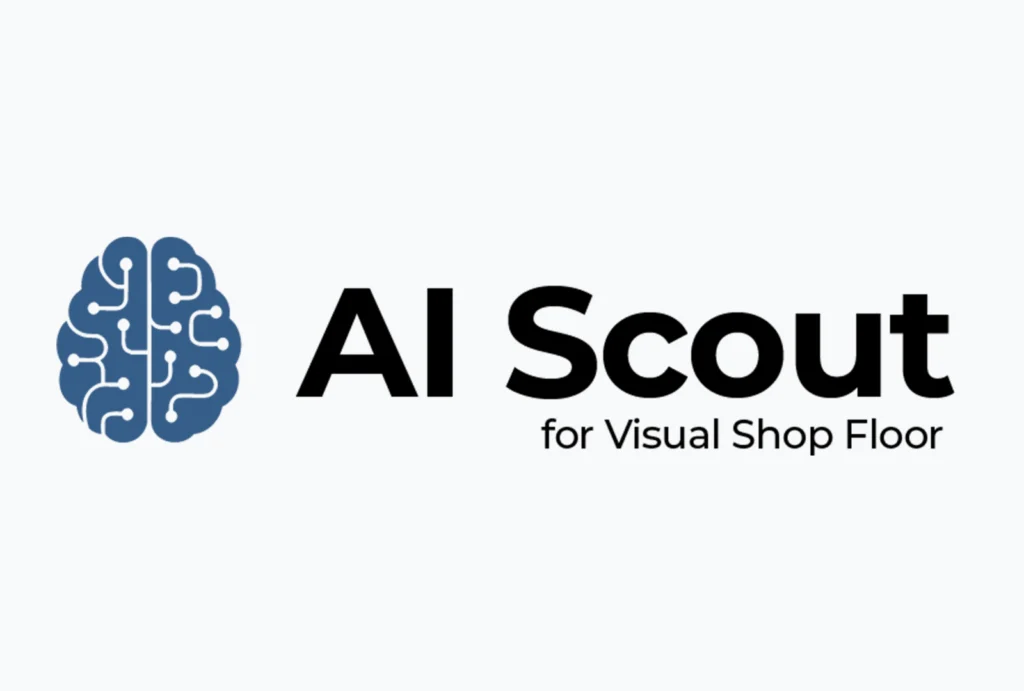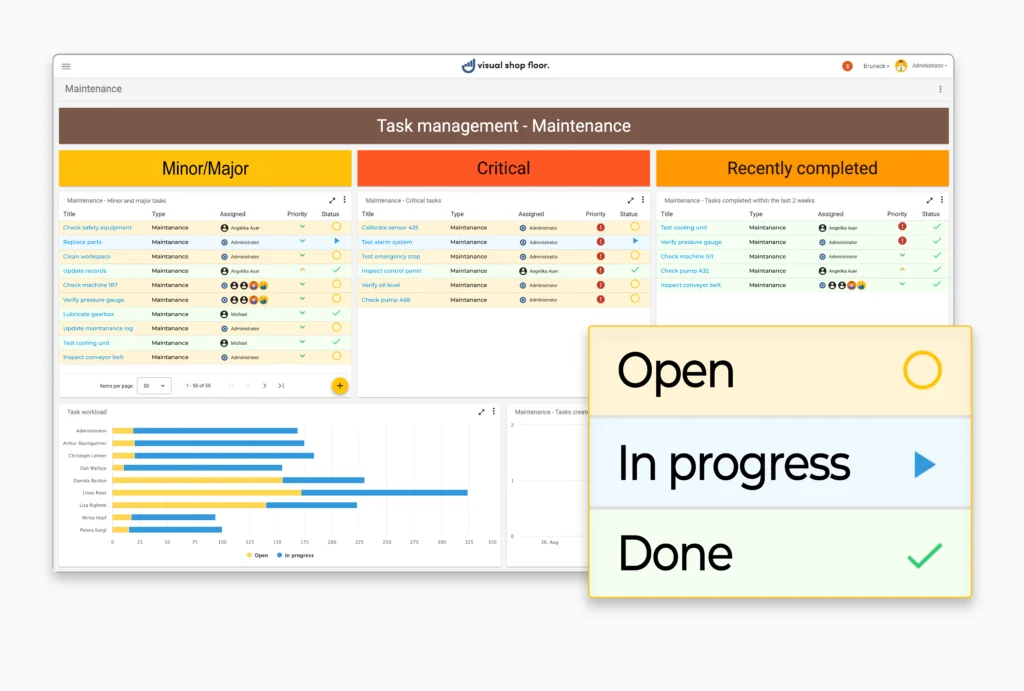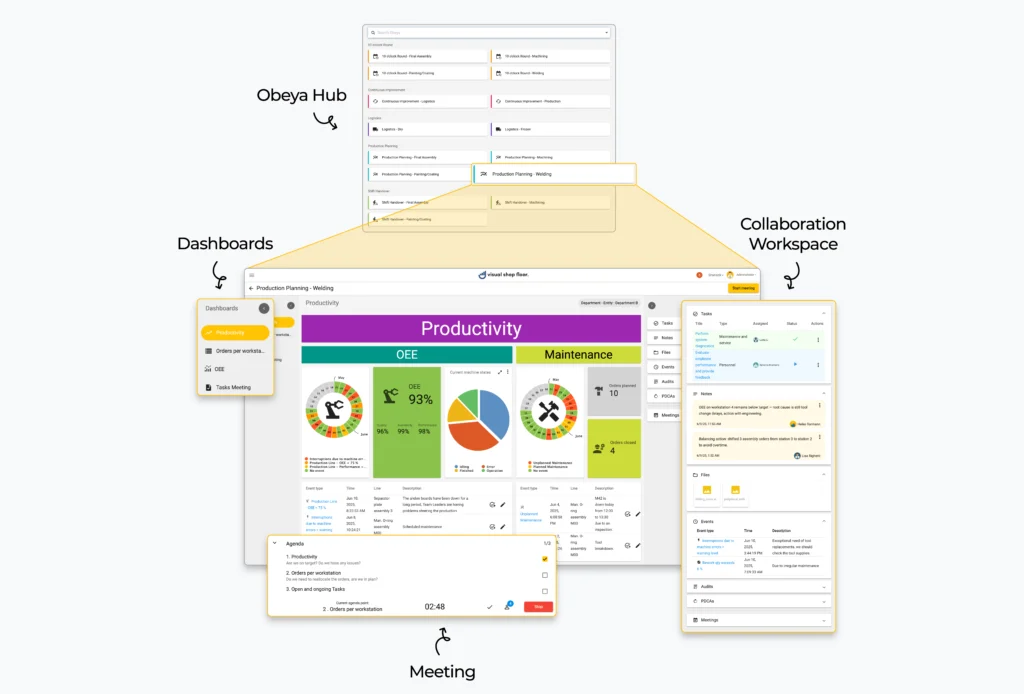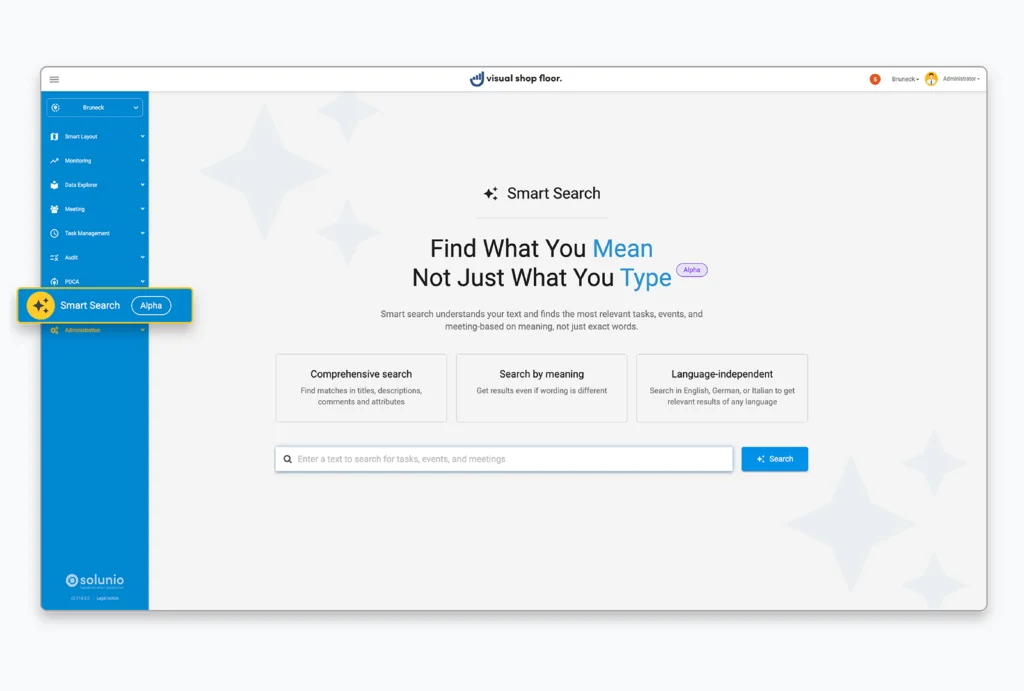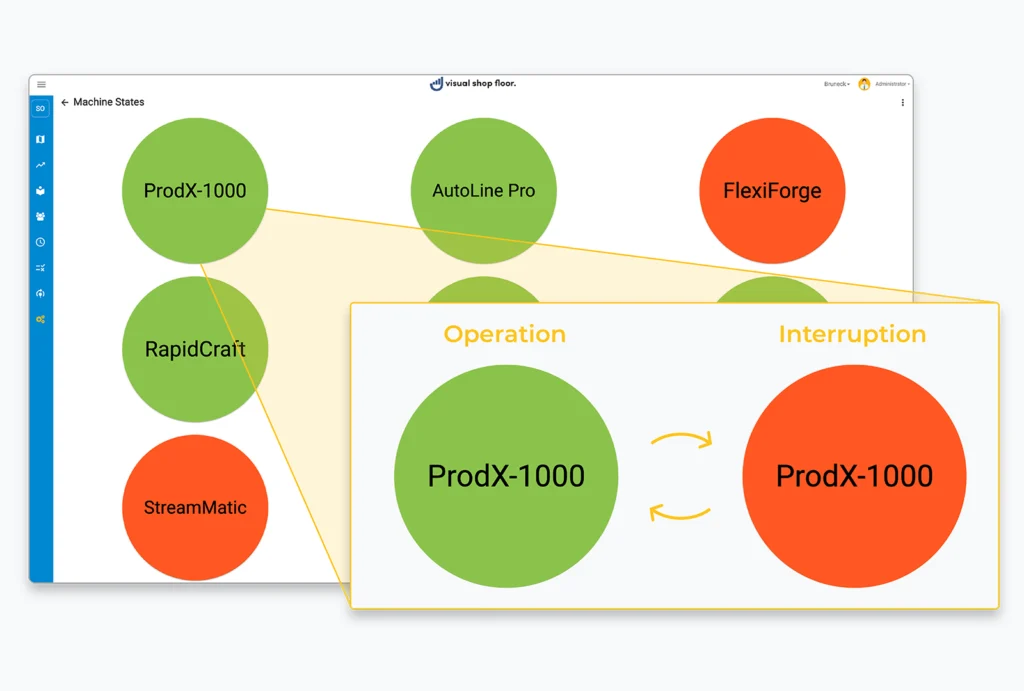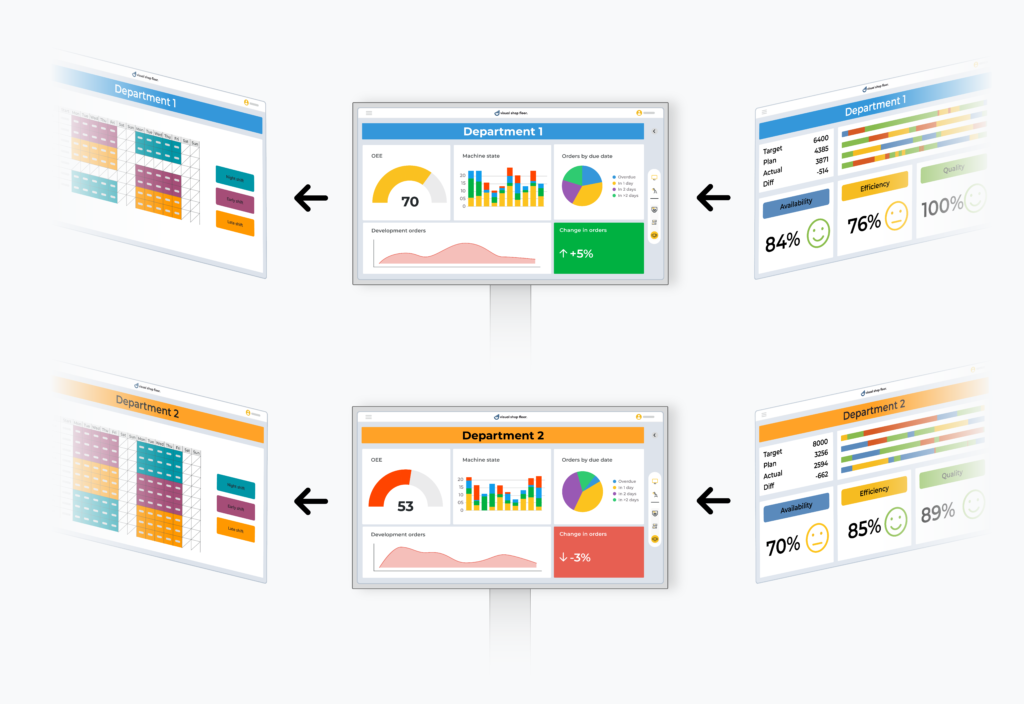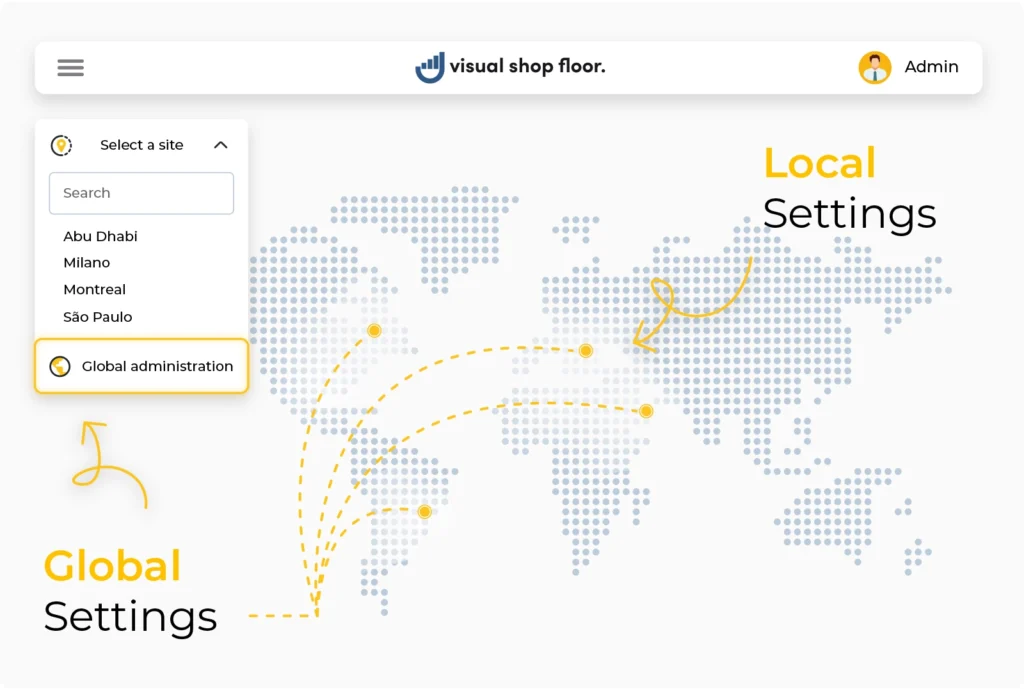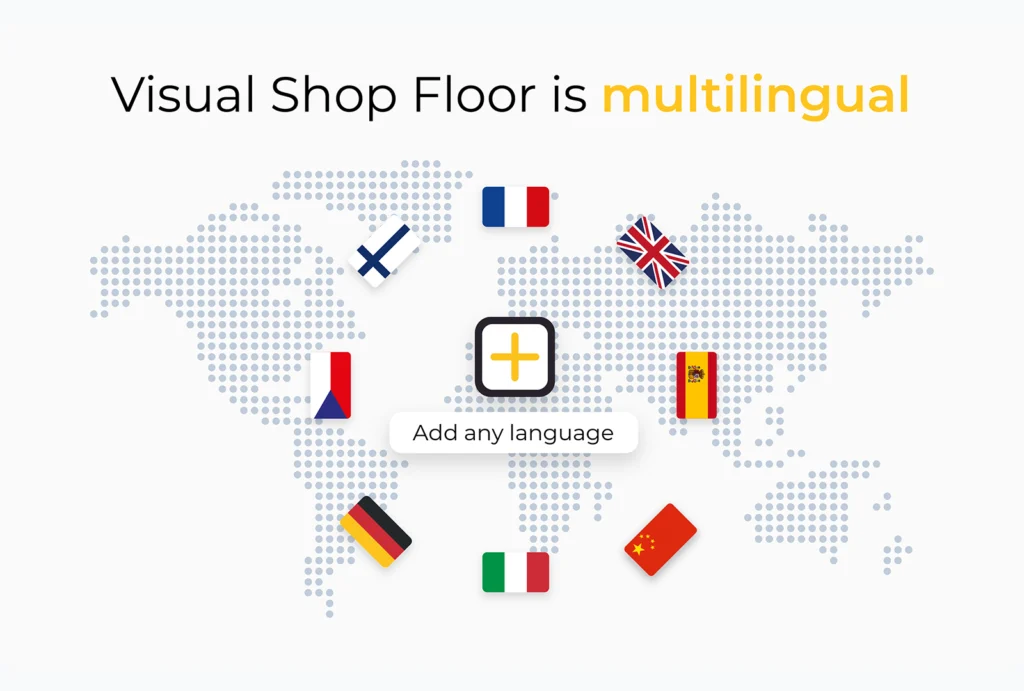Highlight
Event-driven actions through flexible event handling
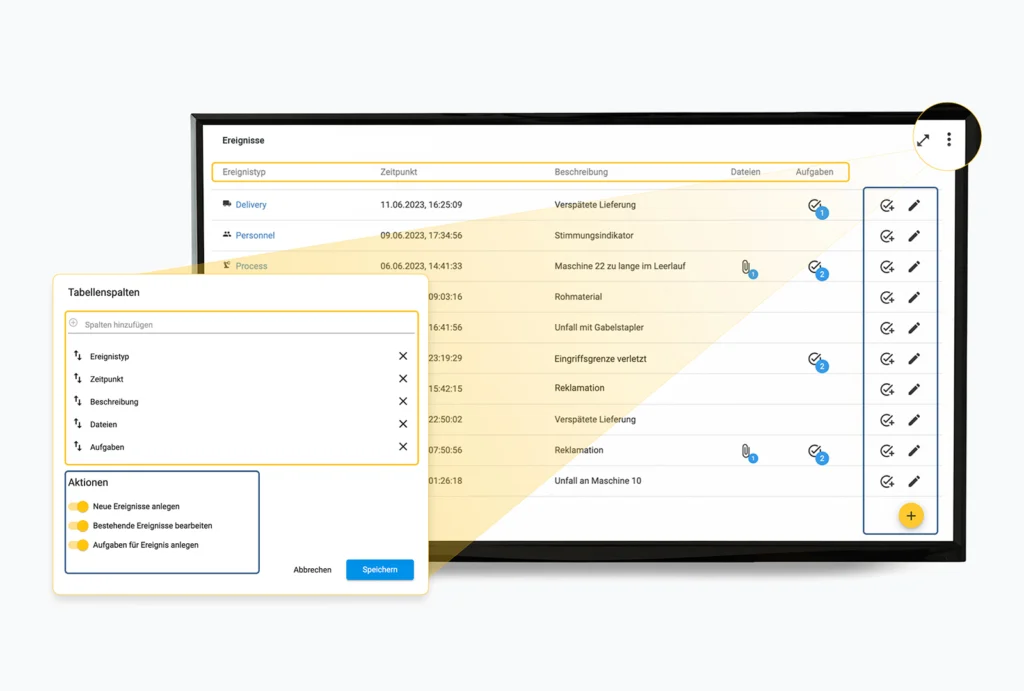
Event handling in Visual Shop Floor offers the possibility to record events manually, but also to generate and document them automatically through the continuous interpretation of data. Events can be created by the occurrence of a specific point in time or by meeting a specific condition. Concrete examples include machine downtimes, order changes, or the due date of tasks in general.
This paradigm enables event-driven actions and thus a flexible and adaptable control of production and logistics processes.
To make event handling in Visual Shop Floor even easier and more flexible, several fundamental functions have been added:
Define the columns of the event table dynamically
Extension of the event table with the ability to edit already recorded events
Extension of the event table with the ability to create one or more tasks for an event
Display of the number of linked tasks as a column
Display of the number of linked files as a column
“Create Event” widget with the option to define specific settings for event creation (type, prefilled attributes, etc.)
These extensions represent a true “power boost” and form the basis for a wide range of application scenarios. A concrete example of this is the creation of a shift book, which provides a structured description of the key events of a shift and thus forms the foundation for targeted actions. Through the structured and systematic description of activities, tasks, employee information, and comments, the time required for the preparation, execution, and follow-up of a shift handover is significantly reduced. In addition, employees are supported in their operational activities by a continuously updated overview of all relevant events.
More features
Monitor all production and logistics resources intuitively in real time – now even easier!
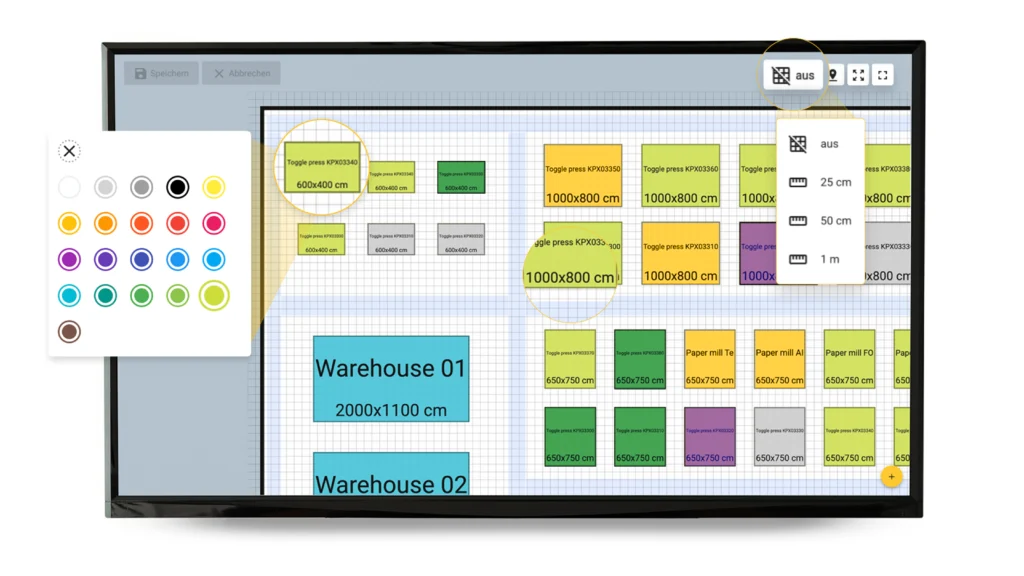
With a simple and intuitive representation of all production and logistics resources in a to-scale digital mapping, current information can be displayed in real time, allowing deviations and disruptions to be detected and resolved immediately.
In many cases, different units such as machines, production lines, storage areas, and loading ramps are displayed, the number of which in practice can amount to several hundred units. To ensure the simplest and most intuitive management possible even in such cases, the administration area of the Smart Layout module has been revised and further optimized. Specifically, the following functions have been added:
Definition of a color for individual instances to distinguish different units (machine, station, line, etc.) at a glance
Grid function for uniform alignment of units at different scales (25 cm, 50 cm, and 1 meter)
Resizing via drag & drop
Height and width of a unit displayed directly in the preview
Adding multiple units at once (multiselect)
With these functions, adjustments in the Smart Layout module can be made even faster and easier, thereby reducing administrative effort.
Manual data entry: detailed and precise in time
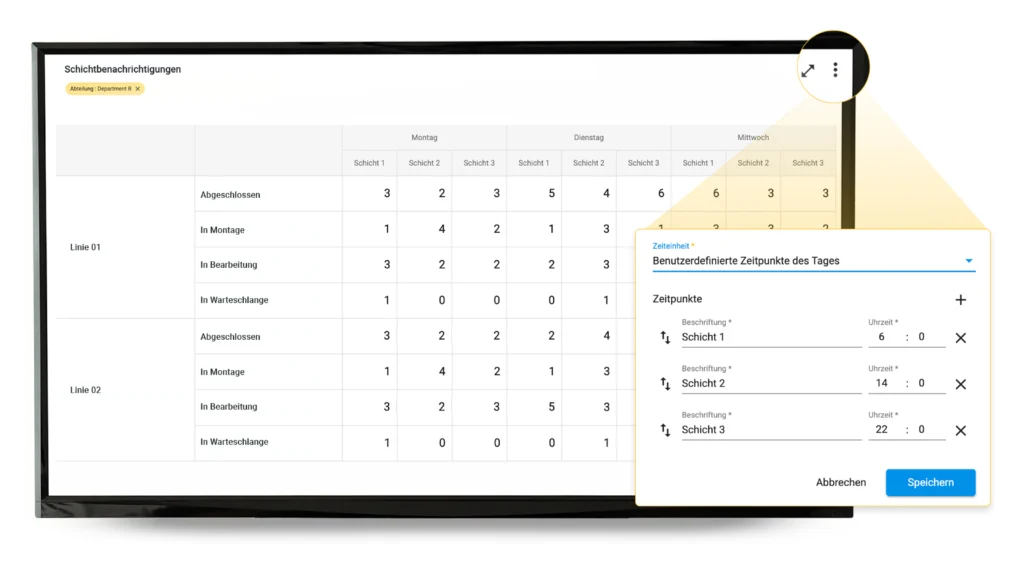
With data entry via the time table, feedback can be recorded in a structured way. Through the flexible linking of entries with freely definable data structures (models), a wide range of use cases can be implemented, such as reporting produced quantities, scrap notifications, etc.
To make data entry and operation more flexible, various configuration options have been added and improvements implemented. In the future, the following time intervals will be available for recording reports, allowing data entry to be optimally adapted to the specific use case:
Month
Calendar week
Day with selection of weekdays
Defined times of a day with selection of weekdays
In addition, user guidance has been optimized, thereby improving the user experience. For example, data entries can now be confirmed immediately with the Enter key. Larger buttons and arrow keys for numerical entries also make operation on touch devices easier.
Flexible management of permissions through the introduction of user groups
